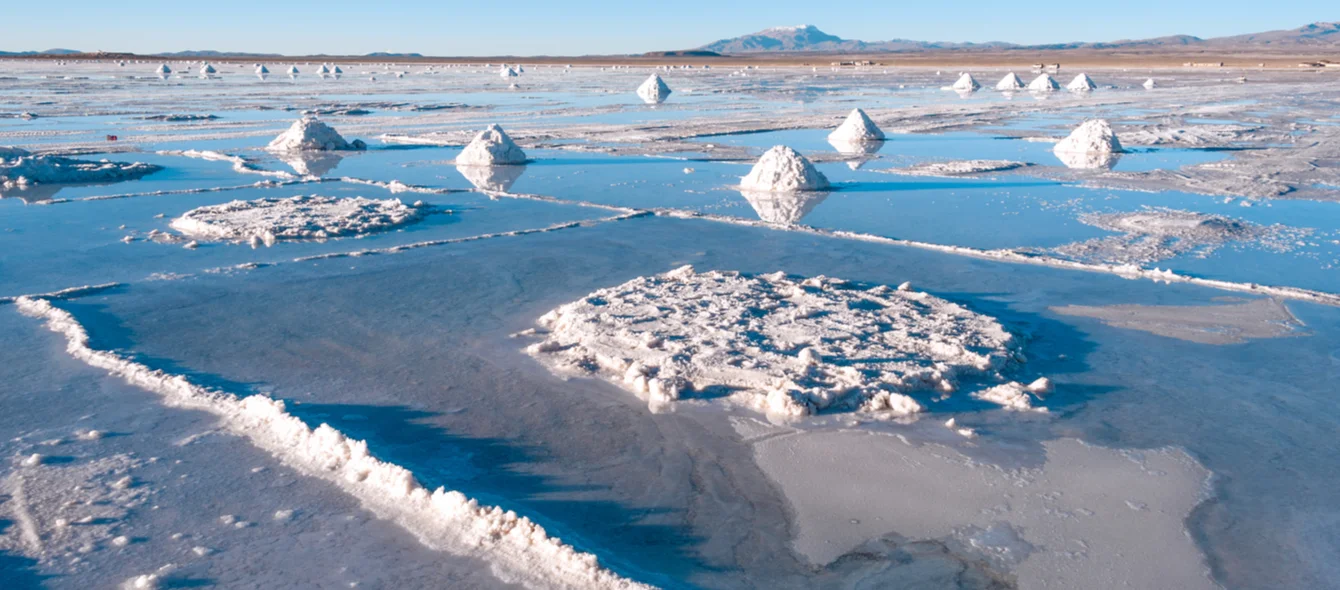If it weren’t for lithium, we wouldn’t have smartphones, e-bikes or electric vehicles. The light metal can be found in all rechargeable batteries, with demand for this rare natural resource having risen considerably – not least due to the steady expansion of e-mobility.
As reported earlier by en:former, the global search for new sources is on. Most of the known reserves are limited to a handful of regions in South America, China and Australia. This is where the coveted lithium carbonate is mined by drying out the brine in expansive saltwater lakes or from rock formations. German newspaper F.A.Z. recently published an article titled The White Gold of the Seas (in German; free of charge for “F.A.Z.+” readers or with a trial subscription) presenting a new, unconventional extraction method.
Estimates have some 200 billion metric tons of lithium located in the sea
A team headed up by US researcher and physics Nobel Prize winner Steven Chu of world-renowned Stanford University seeks to extract lithium from ocean water. The scientists believe that the world’s seas are home to over 200 billion metric tons of lithium – several times more than on-land reserves. However, lithium carbonate in seawater is present in an extremely low concentration of approximately 0.0002 percent, making its extraction an extremely challenging proposition.
Successful trial runs
The first step entails using an electro-chemical method to store the lithium obtained from seawater in an electrode material. By applying alternating current instead of negative voltage, the positive ions are sucked into the electrode, after which they are shot back out immediately. According to the researchers, after a total of ten such cycles, lithium and sodium can be stored at a ratio of 1:1.
So far, the new lithium extraction method tests conducted by the team of scientists have been limited to the lab. However, if demand continues to rise, lithium could be mined from the sea at some point.

